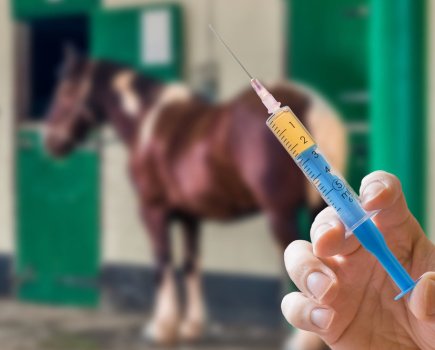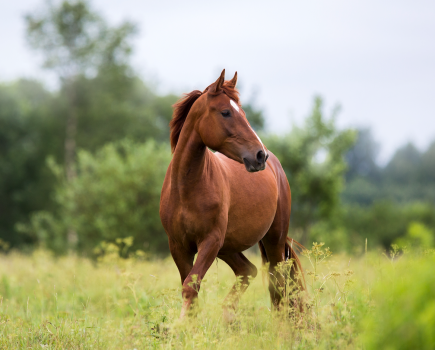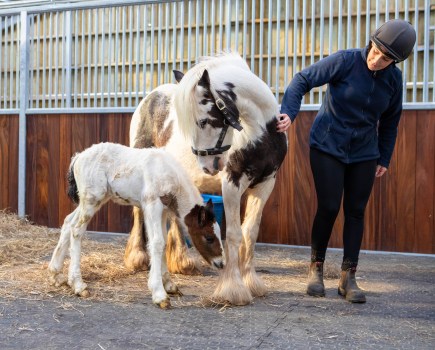A scientific study published in the Equine Veterinary Journal has identified the high prevalence of equine metabolic syndrome (EMS) in UK native ponies and cobs along with a set of risk factors for the condition, which poses a real threat to horse health.
The research, which was undertaken in 2020, included 354 horses at 64 properties in the northwest of England and north Wales, including studs, livery yards and riding schools.
Native UK ponies and cobs aged three to 14 years old and not diagnosed or being treated for conditions likely to affect insulin regulation were eligible to participate in the study.
Each horse underwent a clinical examination, including body condition scoring and oral glucose test, while their owner or keeper completed a questionnaire by face-to-face interview.
Equine metabolic syndrome is a hormonal disorder that the BHS describes as similar to Type 2 diabetes in humans, as it relates to insulin regulation. Development of EMS puts horses at risk of laminitis, which can be fatal.
The results found that a number of risk factors are associated with EMS. These included:
- age
- being female
- more sedentary main activity, including showing, breeding and being a companion
- obesity
- shorter periods on pasture during the summer
Risk factors are modifiable
Horses with a body condition score of 7 or above (out of 9) had increased odds of EMS; as did those who did not participate in moderate exercise such as riding or driving.
Clinical manifestations of hoof growth ring and supraorbital fat scores of 3/3 were also more frequent in ponies with EMS.
Authors reasoned that there was an association between shorter periods on pasture during the summer and an increased risk of EMS as it could represent owners identifying animals at risk of the disease and modifying their management, which includes restricting summer turnout to reduce grass intake.
Welsh section A’s had an increased odds of EMS in comparison to other Welsh, Connemara and cob breeds. Horses and ponies with a history of laminitis within the previous five years were also more likely to be positive for EMS than those without.
The paper summarised that a significant proportion of three to 14 year old native ponies and cobs in the UK are at risk for developing laminitis and EMS. Owners should be aware of modifiable risk factors, such as their horse’s weight and activity level, to help reduce likelihood of their animal developing the condition.
To read the full study, click here.








